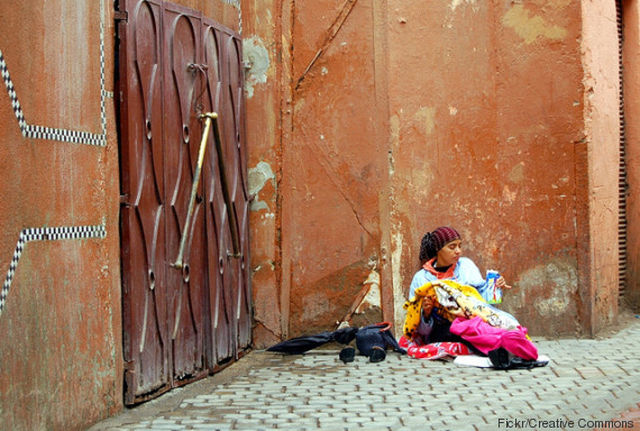Guadalajara, Mexico Sees Decline In Homelessness
El Informador reports that Guadalajara, Mexico, has seen significant decline in homelessness since the last City Council point-in-time count in 2015. Rubén Arroyo Ramos, head of Centro de Atención Integral a Personas en Situación de Indigencia acknowledges that there are approximately 200 people experiencing homelessness throughout the city – compared to a reported 1,200 people two years prior. Ramos places emphasis on the need for supportive services for those with illnesses, disabilities, and substance abuse.
Read the article here. (This article’s original text is in Spanish)
The Importance of Early Intervention in Reducing Homelessness
Charities in Scotland are stressing the importance of early intervention initiatives among populations at risk for homelessness. The homelessness service sector says that while community and government responses to homelessness as it occurs is important, it’s vital to have support in place beforehand to help prevent its occurrence. Homelessness agencies are calling on the government for a national audit and research on the current provision of conflict resolution services, that work to support families and ensure young people don’t end up on the streets.
Read the study here.
Street Homelessness in Singapore

Earlier this year, volunteers conducted a point-in-time count of people experiencing street homelessness in Singapore.Today Online reports that, according to findings released last week, a total of approximately 180 people were counted sleeping on the street during the count. The primary places people were found sleeping were in open spaces and regular spots on the street with makeshift cover (primarily categories 1(a) and 1(d) of the IGH Global Framework of Understanding and Measuring Homelessness). Interviews with individuals revealed financial hardship and difficulty commuting to work were among the most common factors leading to their experience with homelessness. Interviews also revealed feelings about a need for the government to address the issue of homelessness.
Read the article here.
Plastic Concepts: Social and Sustainable Housing Solution to Homelessness
Mercedes Galiana of Arquitectura Y Empresa explores “Conceptos Plásticos,” a 2011 project by architect Óscar Mendez. The project’s objective was to build low-cost, ecological and social housing as a solution to homelessness in rural areas. Mendez patented a system that converts recycled plastic into building blocks. In 2015, the company participated in the construction of shelter for 42 families fleeing violence in Guapi, a town in Colombia. Upon obtaining the Venture Award in 2016, the project was granted funding, allowing the company to consider international expansion. The strategy marks a possible way forward to drive reductions in street homelessness at a global level.
Read the article here. (This article’s original text is in Spanish)
How Does Homelessness Affect Voting Practices?
Much of the voting process in North American countries involves the use of a permanent address – voter registration cards and information on how, where, and when to vote is often mailed to residents’ homes, for example. How does this affect one’s ability to practice their right to vote if they are experiencing homelessness during an election? In the Canadian Observatory on Homelessness’ latest blog post, Anna Kopec from the University of Toronto shares conclusions drawn from her academic research on the barriers that individuals experiencing homelessness in Toronto, Canada face while voting. According to Kopec, processes in place that ensure individuals experiencing homelessness can vote are complex and remain relatively unknown to them.
Read the blog here.



